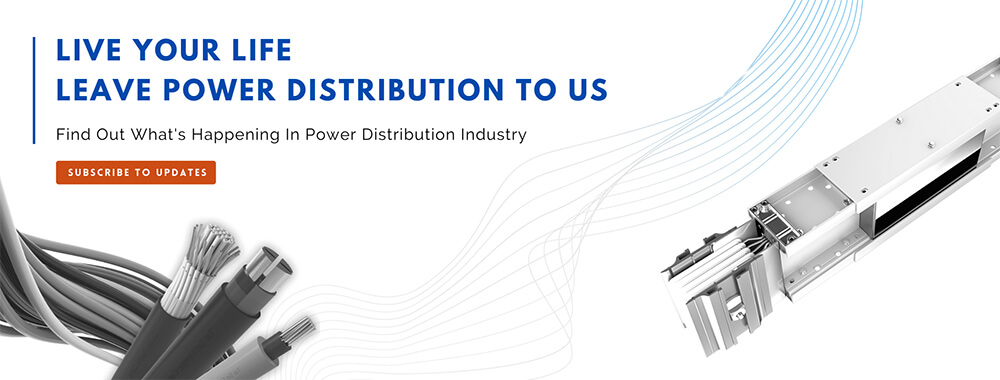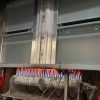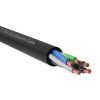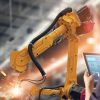Contents
What is a Data Center?
A data center is a facility that centralizes shared IT operations and resources for the storage, processing, and distribution of data and applications. Since they contain the most important and proprietary assets of an organization, data centers are crucial to daily operations continuity. As a result, the security and reliability of data centers and their information are among the organization’s top priorities.
Data centers have been highly controlled by physical infrastructures in the past, but the public cloud has since changed that model. Most modern data center infrastructures have evolved from on-site physical servers to virtualized infrastructures that support applications and workloads through multi-cloud environments, except where regulatory restrictions require an on-site data center without Internet connectivity.
”Data centers are the virtual brains and power backbones of the digital global economy.
Tai Sin Electric
Data centers are a vital part of an organization, built to support business applications and provide services such as:
- Data storage, data protection, backup and recovery
- Applications for productivity, such as email
- Low volume of e-commerce transactions
- Promoting online gaming communities
- Big data, machine learning, artificial intelligence
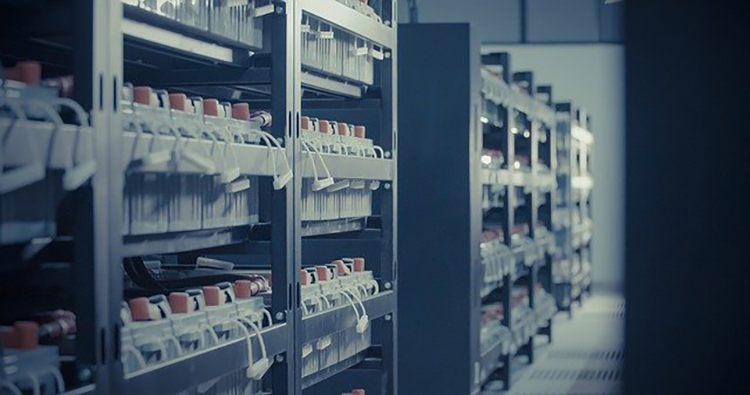
There are currently more than 7 million data centers around the world today. Almost every business and government agency develops and operates its own data center or has access to someone else’s, if not all, models. Today, there are several options, such as renting servers at a placement facility, using third-party data center services, or using public cloud services from hosts such as Amazon, Microsoft, Sony, and Google.
What is in a data center facility?
The data center is a facility that houses information technology equipment such as servers, data storage, and networking equipment. They are mainly designed to protect information technology infrastructure and keep things up and run with minimal downtime. The following are typical components of a data center.
Hardware computing
Computing systems, data storage devices, and other hardware deployed by customers or supported by the data center as a service.
Racks
Data center hardware is usually placed on racks that optimize the use of space in the facility. Racks will extend towards the ceiling, leaving only enough space for overhead cable systems, cooling, and airflow.
Infrastructure Technology
Network and security devices that provide essential services, such as Internet access.
Connectivity
Data centers often have multiple fiber internet connections provided by multiple carriers.
Facility
Data center buildings may be specifically configured as a data center. For example, the ceiling height would fit the specifications for a rack and overhead systems. In certain cases, the data center is situated on the floor of an existing building.
Site
A data center needs a site that has links to grids, networks, and physical infrastructure, such as highways. Proximity to markets, clients, staff, and facilities often play a role in choosing the right location. The location of data centers in cold climates will minimize cooling costs.
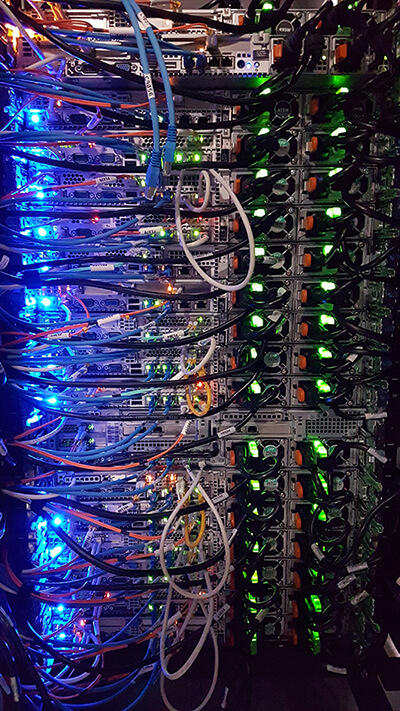
Photo by Massimo Botturi on Unsplash
Power
Every machine in a data center can have dual control, given that the data center has multiple grid connections. The electrical infrastructure in a data center can be very complicated with distribution, switching, and power bypass functionality.
Environment Control
Systems for cooling equipment and heating, ventilation, air conditioning, humidification, and dehumidification for the facility. Cooling is a crucial aspect of the performance of the data center. Data centers can be explicitly designed and controlled to minimize the power needed for cooling equipment.
Network Operations Center (NOC)
Space for operating personnel with tools for controlling, handling, sustaining, and securing computing resources. A NOC can serve as first-line support to provide service desk, incident management, and problem management services.
What is the data center infrastructure?
Data center infrastructure refers to the fundamental physical or hardware-based assets and components that make up a data center, including all IT infrastructure, equipment, and technologies. It is modeled and defined in a design plan that provides a comprehensive list of the appropriate infrastructure components to build a data center.
The infrastructure of a data center can include:
- Servers
- Computers
- Networking devices, such as routers or switches
- Security, like a firewall or biometric security system
- Storage, such as a storage area network (SAN) or backup/tape storage
- Software/Applications Management Data Center
It may also include non-computing tools, such as:
- Power and cooling equipment, such as air conditioners or generators
- Physical server rack/chassis
- Cables
- Internet backbone
Infrastructure Evolution: From Mainframes to Cloud Applications
- The minimal size implies it occupies almost no room in the structure:
- Utilized as a rising primary, it takes up just at least space,
- Utilized for even circulation, it fits effectively into the structure (bogus floors, bogus roofs, administration shafts, and so on),
- Alters in course have been intended to upgrade the space taken up, in opposition to a comparable establishment utilizing links which requires enormous bowing radii.
- Tap-off units, finished with defensive gadgets, are fitted along the whole length of the busbar shipping hence decreasing the floor region taken up by the electrical conveyance switchboards.
- More modest establishment surface gratitude to decreased size of focal switchboard.
Data Center Tiers and its Standards
Tiers or levels are ways to distinguish each type of data center operator’s requirements, focusing on redundant components, critical load distribution paths, cooling, and many other specifications.
Here are the four currently approved data center rankings of the Uptime Institute and what each ranking reflects in terms of uptime and availability.
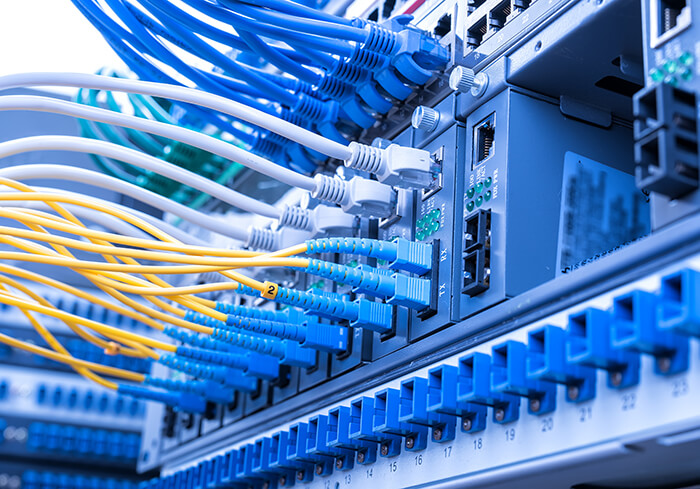
Tier 1 (Basic Capacity): 99.671% Availability
Tier 1 data centers go beyond positioning the servers in a spare office or big closet inside a larger building. Tier 1 DCs need a dedicated space for all your IT systems (a server room that may or may not have a locked door); an uninterrupted power (UPSes) to condition incoming power and prevent spikes from destroying your equipment; a managed cooling control environment operating 24x7x365; and a generator to keep your equipment running throughout a prolonged power outage.
Tier 2 (Redundant Capacity): 99.741% Availability
The Tier 2 data center integrates all the features of the Tier 1 DC data center. It also requires some partial redundancy in power and cooling components (power and cooling systems are not fully redundant). Level 2 DC reaches Tier 1 standards, offering some additional insurance that power or cooling needs will not shut down processing.
Tier 3 (Concurrently retained DC): 99.982% Availability
Tier 3 DC combines all the features of Tier 1 and Tier 2 data centers. A tier 3 data center also needs any DC power and cooling equipment to be shut down for maintenance without disrupting your IT processing. All IT equipment must have dual power supplies connected to separate UPS units so that the UPS unit can be turned offline without crashing servers or cutting off network connections. Redundant cooling systems must also be in place so that if one cooling unit fails, the other kicks in and keeps cooling the room. Tier 3 DCs are not fault-tolerant because they can share numerous components that reside outside the data center, such as service company feeds and external components of the cooling system.
Tier 4 (Fault Tolerance): 99.995% Availability
Level f4 DC integrates all the features found in Tier 1, 2, and 3 DCs. In addition, all Tier 4 power and cooling components are fully redundant 2N, implying that two separate power suppliers service all IT components, two generators, two UPS systems, two power distribution units (PDUs), and two separate cooling systems operated (again by different power utilities). Every data and the cooling path is independent of the other (fully redundant). If any single power or cooling infrastructure part fails in tier 4 DC, processing can continue without any problems. IT processing can only be compromised if the components of two separate electrical or cooling paths fail.


